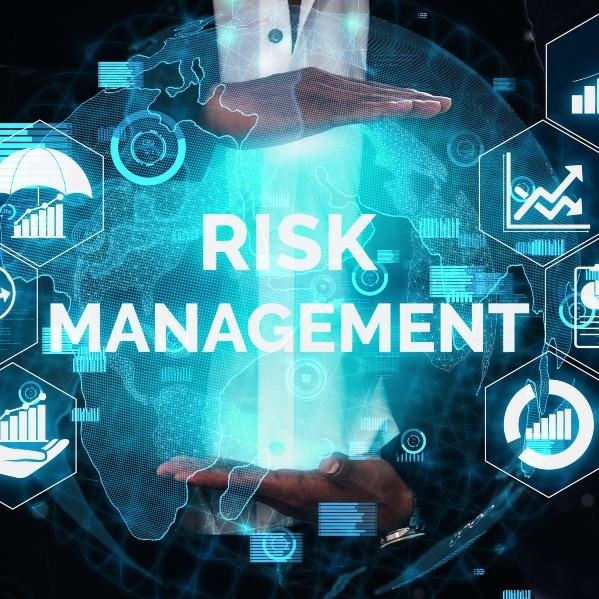
Relationship Between Business Continuity And Risk Management
The relationship between business continuity and risk management often gets changed in agreement with the organization's perspective. Some enterprises take business continuity as ...

The relationship between business continuity and risk management often gets changed in agreement with the organization's perspective. Some enterprises take business continuity as ...
The relationship between business continuity and risk management often gets changed in agreement with the organization’s perspective. Some enterprises take business continuity as a sub-domain of risk management, while others put these two concepts in two different segments.
During the COVID-19 outbreak, people are focusing on overall enterprise resilience and often asking questions like whether there is a difference between business continuity and risk management. Here is an effort to address this question.
Business Continuity is a process that builds a framework for organizational resilience. AutoRecon enables businesses to continue their core functions. As a result, other operations continue uninterrupted even during outages.
The key to effective business continuity lies in its planning and strategy implementation by understanding the intensity of the crisis and how to respond to such impacts.
Five key business continuity management steps are discussed below:
Risk Assessment
Exposure of qualitative and quantitative risk intensity and its potential impact on organizations under different scenarios. Identification of threat possibilities and sketching out the communication plans. Creating a roadmap to mitigate threats.
Business Impact Analysis (BIA)
This process takes care of the identification of critical processes and workflows by understanding recovery assumptions, recovery points, and time objectives. Tracing of resource dependencies in the organization before setting up backups.
Develop a Business Continuity Plan
Chalk out a thorough actionable plan after completion of risk assessment and impact analysis. Segregation of plans as per departments and priorities. Detailed auditing of a plan with key stakeholders for finalization.
Framework of Strategy
Creating a strategic framework of the finalized plan to ensure that objectives are obtainable. Incorporation of employee perspective and enterprise goals before sending it to the review team for final validation. Give access to staff for ensuring that they can access it during the crisis period.
Testing & Maintenance
The testing and maintenance phase includes periodic tabletop exercises to ensure that the organization is content with the strategy. Reviewing the performance of the BCM plan for assessing its impact.
Risk Management is the process to identify, assess, and control risks or threats related to an organization’s earnings & capital. The framework for risk management thoroughly examines the potential for threats from many sources. The risk could be anything, from accidents, legal liabilities, and errors to financial uncertainty.
Often organizations have confronted our experts about the efficacy of building extensive planning and implementation structure that covers all the processes of risk management. Here is the breakdown into five key sections for easy understanding.
Identifying the Risk
Identifying operating environment risks and dangers to which the organization is vulnerable. Therefore, information is documented. It is accessible to important stakeholders through the system.
Analysis of Risk
However, Before examining the connections between these risks and the many internal factors of the company, the extent of the risk is established. A thorough assessment of risk severity and its impact on business functionalities.
Ranking of Risk
Evaluation of risks is set as per its prioritization in enterprises. Assembling threats levels as per their effect on an organization for ensuring that key stakeholder knows for which risk they should intervene immediately.
Treating the Risk
In the risk management solution, proper action plans are formed through the system. During this period, risks and their possible resolving functions are discussed. Every personnel gets a direct update from the system.
Monitoring Risk
Monitoring of risks through the risk management framework of the organization for ensuring effective business continuity.
These two distinct standards when applied together can result in effective and efficient business management systems that lower risk and the potential negative effects of a crisis situation. Business Continuity management and risk management are interconnected.
The survivability of enterprises often gets threatened by severe risks. Using risk management solutions at this time reduces threat intensity to facilitate effective business continuity planning. After mitigating the risk, business continuity ensures that the business does not suffer any consequences from crises, disasters, or other types of risks. Thus, according to thought leaders, competent risk management may demonstrate the success of business continuity. Others, however, contend that the implementation of a suitable BCM and strategy framework is necessary in order to achieve effective risk management.